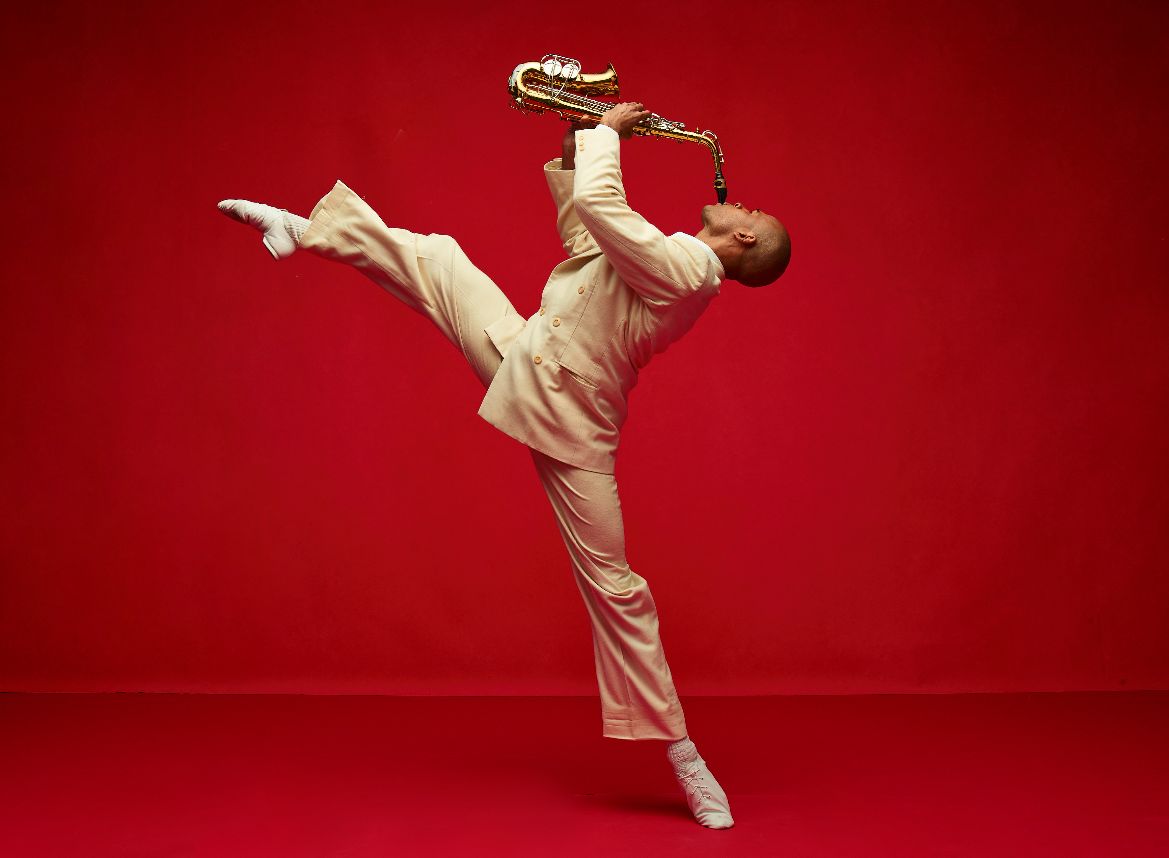Alvin Ailey American Dance Theater, the first all-Black modern dance troupe in America, has made an indelible impression in the dance world for over six decades. Mr. Ailey, the consummate community leader and choreographer, was a trailblazer in both fields for the education programs, outreach, and diplomacy he engendered in the arts and out to society at large. I first saw them at City Centre in NYC, their home, so to speak, back in the early 80s, and have been singing their praises ever since.
In 2008, a U.S. congressional resolution designated the company as a “vital American cultural ambassador to the world.” Although Mr. Ailey died in 1989, his successor, Judith Jamison, nurtured the company to worldwide success and passed the torch to Robert Battle in 2011.
Alvin Ailey Dance Theater is a testament to the spirit of all African Americans and their unparalleled contributions to American culture and, in a more subtle way, the politics of hope and freedom that formed the bedrock of the American dream. From the diaspora in Africa to the Caribbean and Americas, the dance and musical beats accompanying the movements are forlorn and joyous reminders of the people’s struggles and pain.
Unbeknownst to me, Alvin Ailey was born in Rogers, Texas, a small town about seventy-five miles (but a world away) from Austin. His rural upbringing greatly influenced his work. Bob Bursey, the Executive and Artistic Director of the College of Fine Arts at Texas Performing Arts at UT, informed the audience of this fun fact: Alvin Ailey was the first performer in March 1981 to open the then-new stage of the Bass concert hall.
For their second performance of two, the troupe performed some classics such as Memoria with music by Keith Jarrett. The ninety-degree angles performed by the dancers, straight as arrow movements, were like broken shards of glass on tiptoe. The troupe dressed as flappers from the 1920s in an excerpt from Pas De Duke, a tribute and play on words to Duke Ellington. Moving to the 1960s in a jazzy snazzy, sexy, and fun life, giving exuberance of male and female dancers doing the attraction thing dressed in black and white. The music was from Hugh Masekela.
The audience was then treated to Love Songs, boogie-woogie, and men in red jumpsuits in top hats and tuxedos. Some played saxophones and cellos, others clapped and sprung out of the shadows to shed and break the rules of prohibition and life’s repressive dullness. Duke Ellington’s music is featured in many of Ailey’s performances. After the second intermission, the show moved to a redemptive format called Revelations, featuring traditional gospel songs of sorrow like Take Me to the Water, Rocka My Soul, Wade in the Water, and I Wanna Be Ready. Tears fell down my cheeks like the baptismal waters expressed in this part of the show. You don’t have to be baptized to benefit from the universal meaning of cleansing and spiritual awareness the dancers spoke to the adorating audience.
The sultry, spiritual heartache ran through the dancers’ lithe bodies like ribbons of tears. The sweaty, sad frenzy of redemption, the primary challenge in dealing with life as a battleground, was raised to ascension through Alvin Ailey’s magnificent dance. Communion with the audience created a durable bond, one for life.
Photo: Yannick Lebrun
